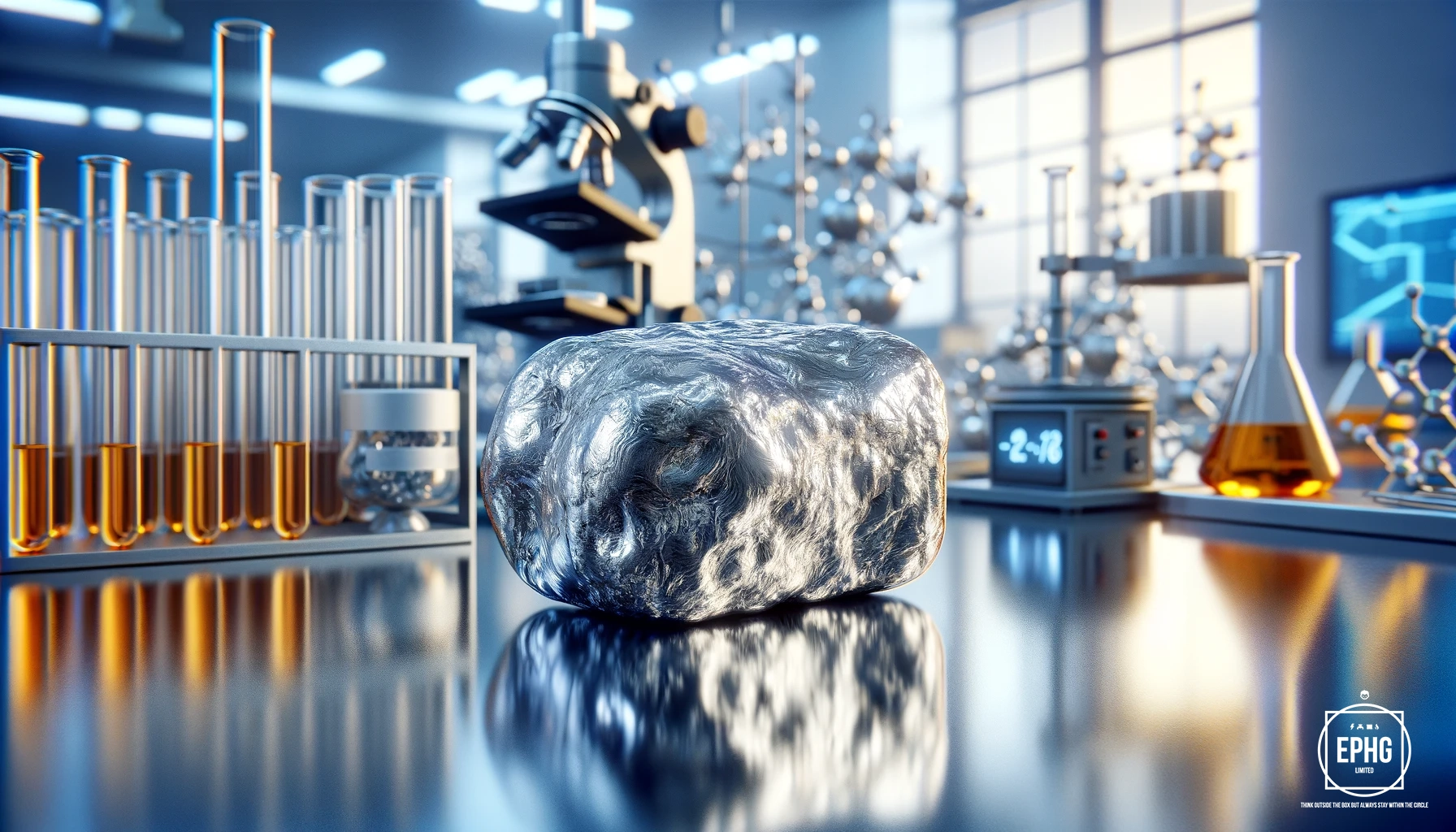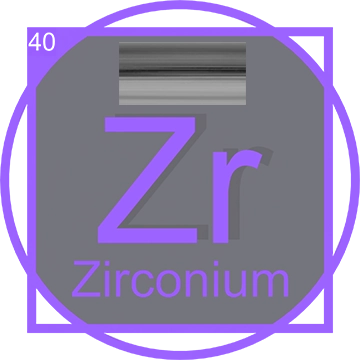Hafnium: A Unique and Versatile Element with Remarkable Applications
Introduction: Hafnium (Hf) is a fascinating and versatile element with a rich history and promising future. This article explores the discovery of hafnium, its role in the periodic table, its uses in science and technology, and the potential applications that make it a valuable resource for our future.
Discovery of Hafnium

Hafnium was discovered in 1923 by Dutch physicists Dirk Coster and Georg von Hevesy. They were studying zirconium ore and found that it contained traces of an unknown element, which they named hafnium after the Latin name for Copenhagen, "Hafnia." The discovery of hafnium filled the last remaining gap in the periodic table at the time.
Role in the Periodic Table
Hafnium is a transition metal with atomic number 72 and the symbol Hf. It is located in the fourth row of the periodic table, below zirconium and above tantalum. Hafnium and zirconium are very similar in their chemical properties, which made the discovery of hafnium challenging. However, hafnium has a higher density and melting point than zirconium, and it is more reactive.
Pure Hafnium

Pure hafnium is a shiny, silvery metal that exhibits a high level of corrosion resistance and remarkable physical properties. In its purest form, hafnium is relatively soft and can be machined easily, but it significantly hardens and becomes more brittle when it contains impurities. This element is notable for its high melting point of approximately 2233°C (4051°F) and its ability to absorb neutrons, making it valuable in nuclear reactor control rods. Despite its reactivity, pure hafnium remains stable in air due to the formation of an oxide layer that protects it from further oxidation. This layer also enhances its corrosion resistance, especially against acids and alkalis.
Applications in Science and Technology
Hafnium plays a critical role in various fields of science and technology. One of its most significant applications is in nuclear reactors, where hafnium is used as a neutron absorber due to its high thermal neutron-capture cross-section. This property makes it an essential material for controlling the rate of nuclear fission reactions.

In the aerospace industry, hafnium is used in the production of superalloys for jet engines and other high-temperature applications. Hafnium-based superalloys exhibit excellent resistance to corrosion and oxidation, making them ideal for use in harsh environments.
Hafnium oxide (HfO2) is a high-k dielectric material that is widely used in the semiconductor industry. It is used in the fabrication of metal-oxide-semiconductor (MOS) devices, such as field-effect transistors (FETs), due to its superior electrical properties and thermal stability.
Production and Sources
Hafnium is produced as a byproduct of zirconium refining. Zirconium ores, such as zircon (ZrSiO4) and baddeleyite (ZrO2), typically contain 1-4% hafnium. The separation of hafnium from zirconium is a complex process that involves various chemical and physical methods, including liquid-liquid extraction and ion exchange.
Future Prospects and Applications
As a rare and valuable resource, the future availability of hafnium is a concern. However, ongoing research and development efforts are focused on finding new sources and improving extraction and recycling methods. One promising area of exploration is the extraction of hafnium from spent nuclear fuel, which could provide a significant source of this valuable resource.

In addition to current applications, hafnium has the potential for use in several emerging technologies. For example, hafnium-based materials could be used in the development of next-generation batteries, offering improved performance and energy density compared to current technologies.
Another exciting application of hafnium is in the field of quantum computing. Hafnium-based high-k dielectrics could play a crucial role in the development of scalable and reliable quantum bits (qubits), which are essential for the realization of practical quantum computers.
Conclusion
The discovery of hafnium and its subsequent applications have significantly impacted science and technology. As we look to the future, hafnium's role in various fields is set to expand, with new applications and technologies emerging. However, the finite nature of this valuable resource underscores the importance of responsible management and exploration of new sources to ensure its availability for future generations.












